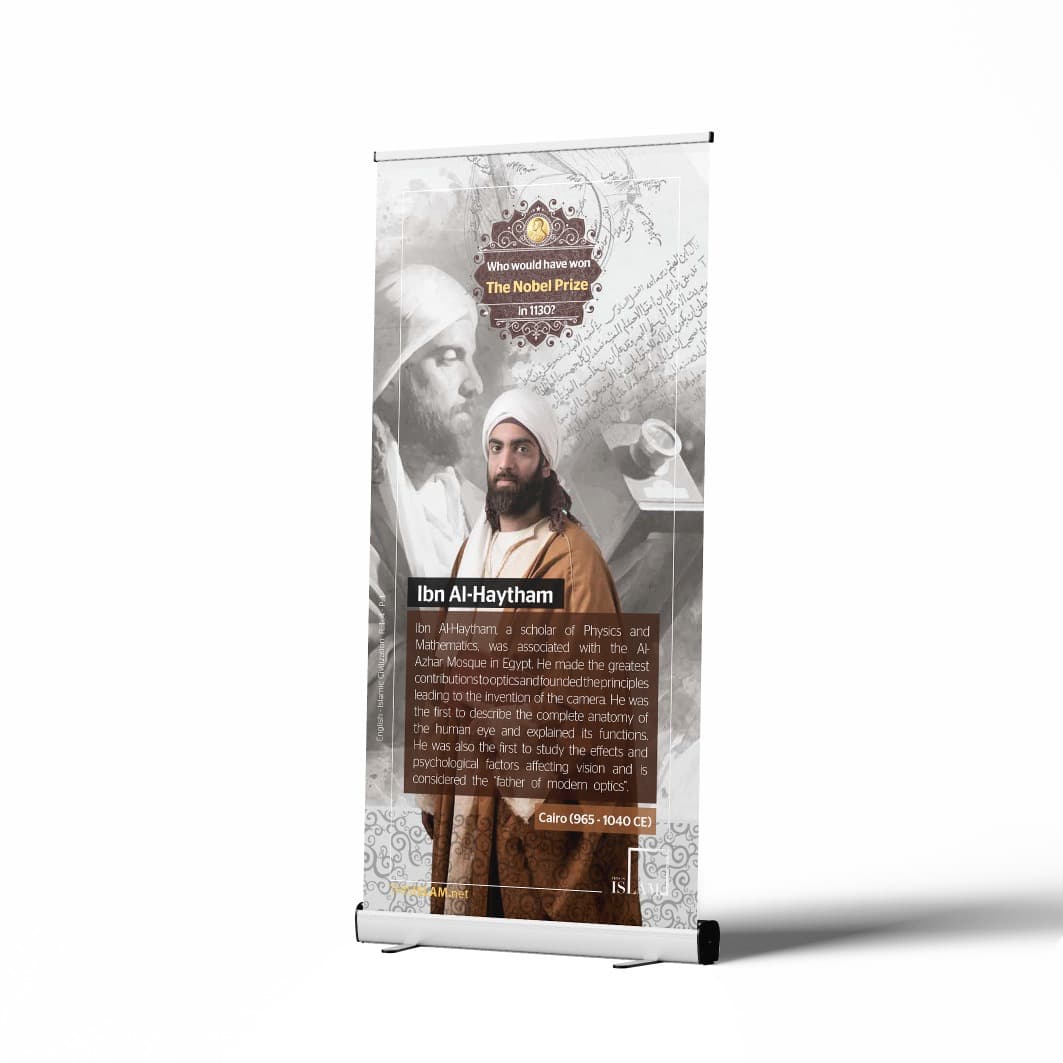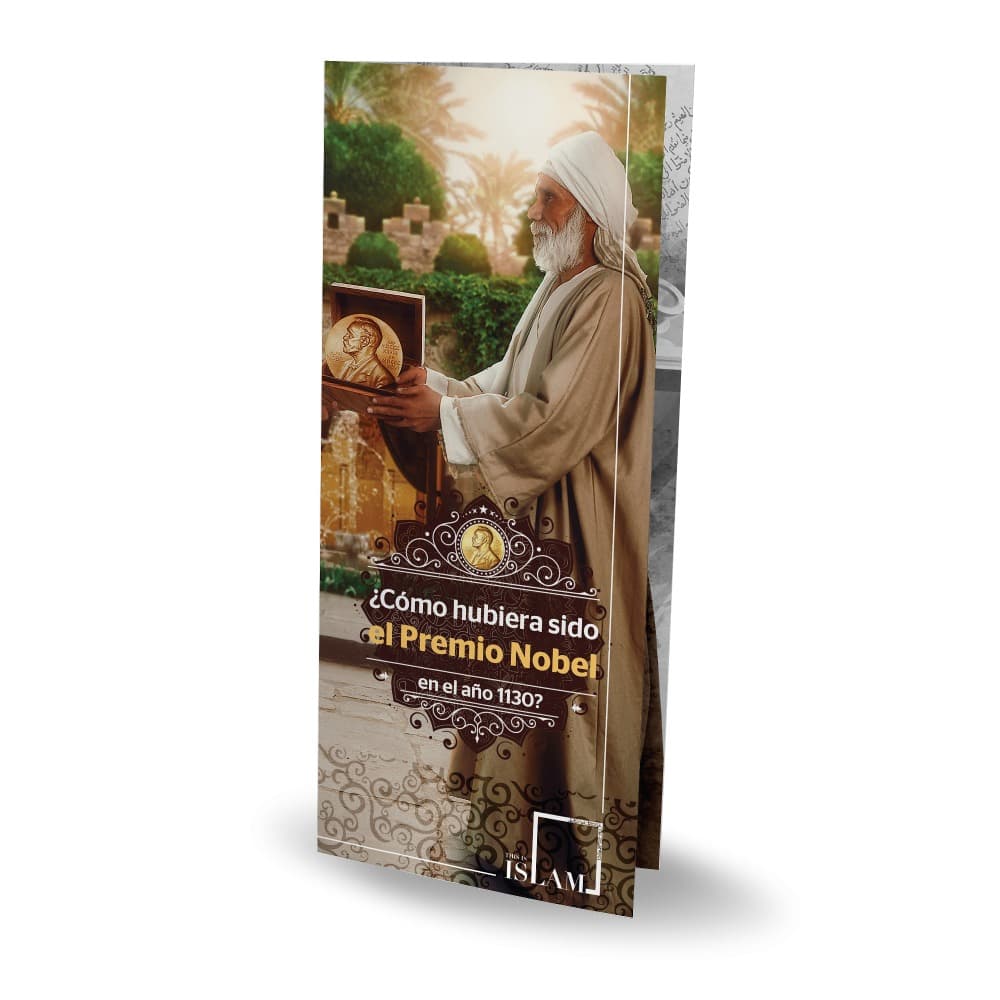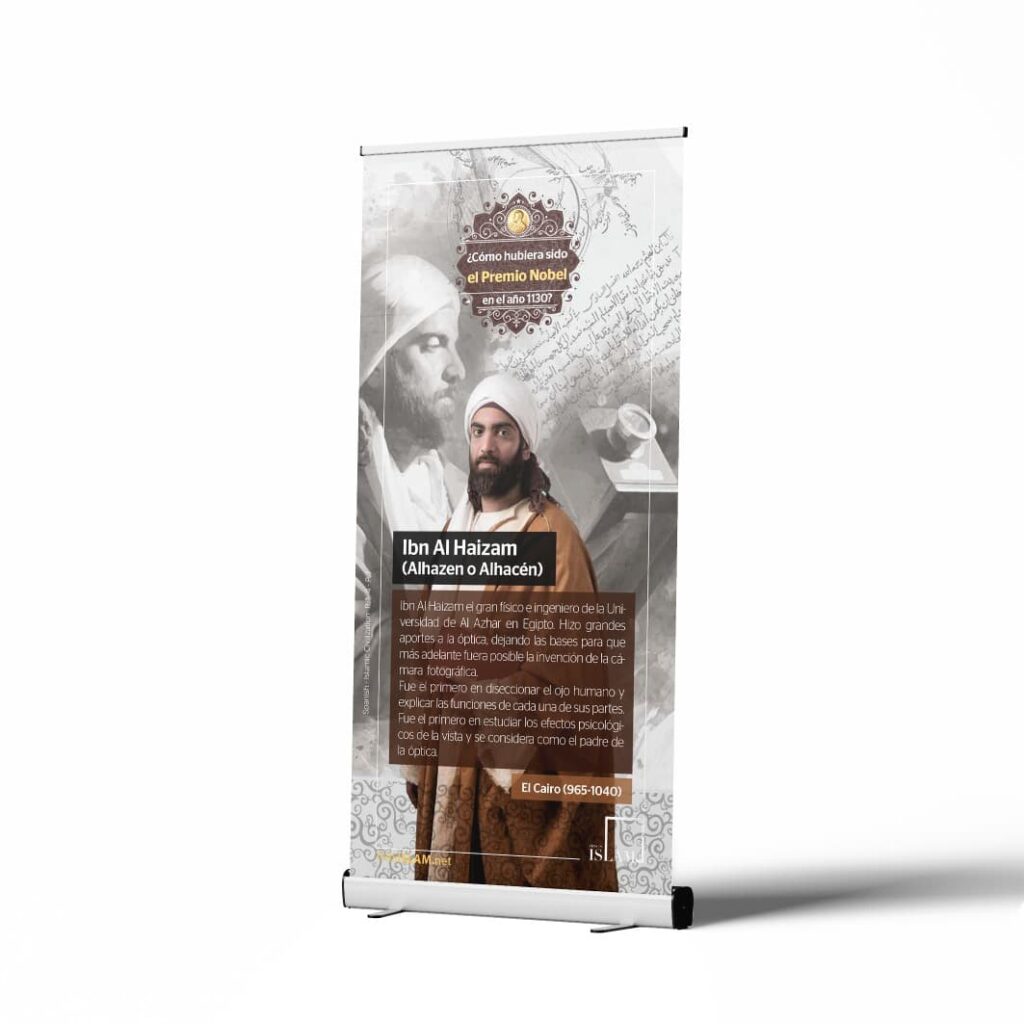Roll up: 1
Who would have won the Nobel Prize in 1130?
Ibn Al-Haytham
Ibn Al-Haytham, a scholar of Physics and Mathematics, was associated with the Al-Azhar Mosque in Egypt. He made the greatest contributions to optics and founded the principles leading to the invention of the camera. He was the first to describe the complete anatomy of the human eye and explained its functions. He was also the first to study the effects and psychological factors affecting vision and is considered the “father of modern optics”.
Cairo (965 – 1040 CE)
Roll up: 2
Mariam Al-Asturlabi
Mariam was a female Muslim astronomer who developed the complex Astrolabe, an ancient astronomical instrument. It was used to measure the height of the sun in the sky and estimate the time of day or night. The Astrolabe was used as pocket watches for medieval astronomers and formed the basis of constructing the compass and satellites.
Aleppo (10th century CE)
Roll up: 3
Al-Khwarizmi
A mathematician, arithmetician and astronomer, Al-Khwarizmi’s books were translated into other languages since early times. Numerous Arabic words, such as ‘algebra’, ‘algorithm’ and ‘zero’ were introduced into Latin because of him. Al-Khwarizmi is considered the founder of algebra and authored many books on geography and astronomy.
Baghdad (790-850 CE)
Roll up: 4
Ibn Al-Nafis
He was a scholar of Islamic Shariah (legislation) and jurisprudence and was one of the greatest medical scientists and physiologists in history. He was the first to accurately detect and describe microcirculation. Ibn Al-Nafis is considered one of the pioneers of human physiology and developed theories that scientists rely upon to this date.
Damascus (1213-1288 CE)
Roll up: Size: 400cm x 250cm












Reviews
There are no reviews yet.